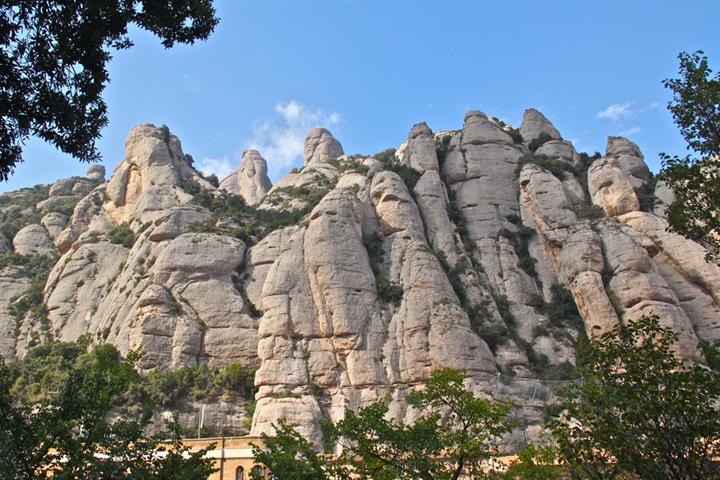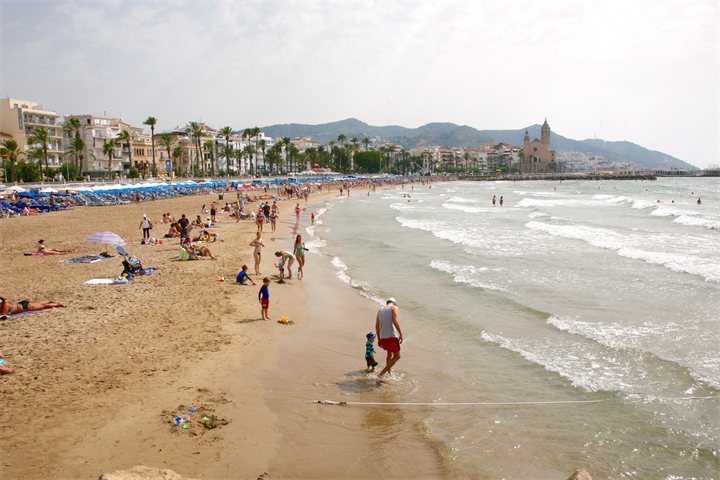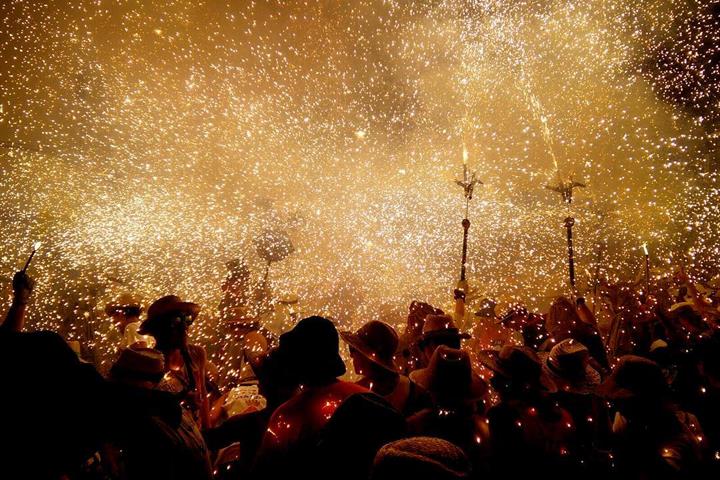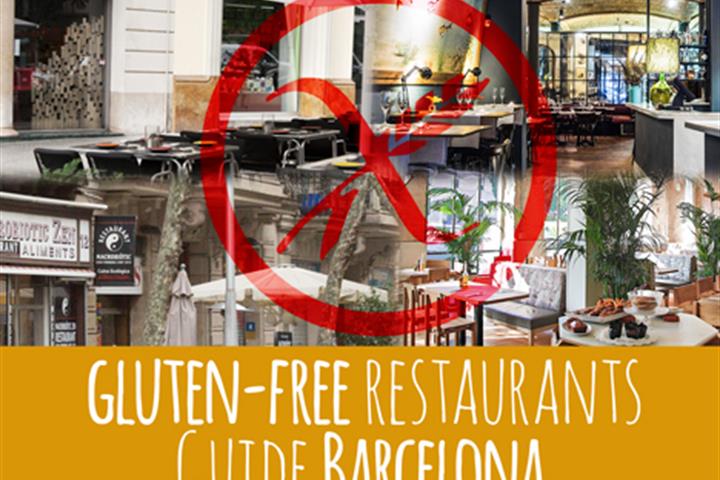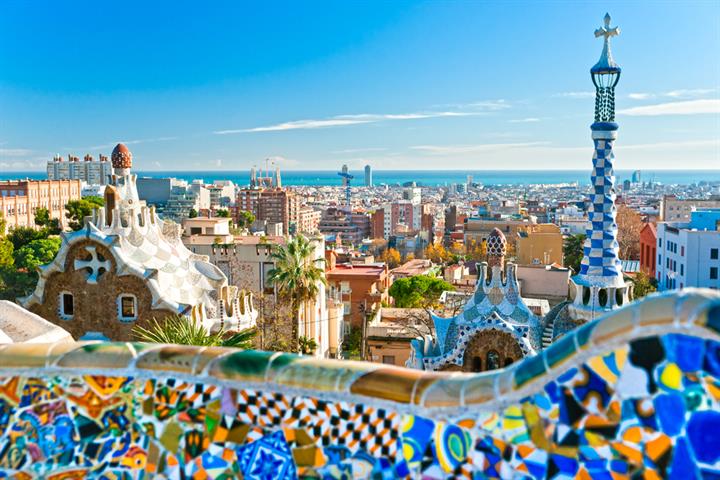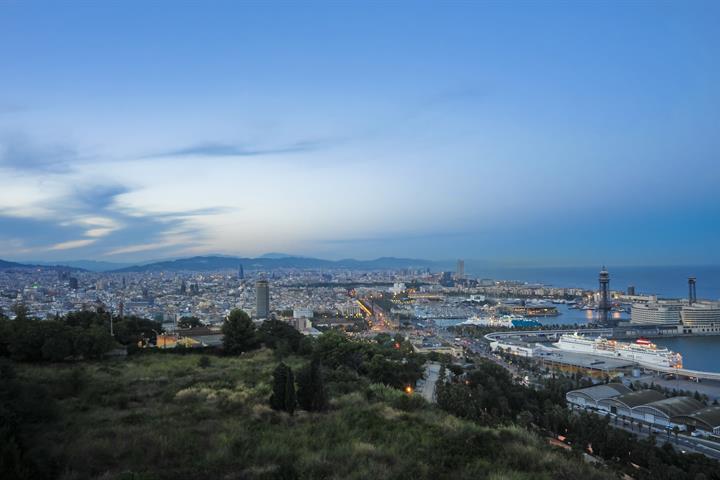Informations de voyage et vidéo sur la province de Barcelone
Informations de vacances, renseignements, photos et vidéo sur la province de Barcelone
Notre sélection de locations de vacances dans la province de Barcelone
Choses à faire pendant votre séjour
Lieux d'intérêt à visiter dans la province de Barcelone
Commentaires sur la province de Barcelone
Moyenne de toutes les appréciations - Basée sur 1365 commentaires de voyageurs.
Ville
Côte
| Ville: |
Soumis par: CALLIGARO DANIEL
14 août 2020
Ce commentaire est en français
Ce commentaire est en français
Signaler un abus
Vous avez trouvé ce commentaire abusif
| Ville: |
Soumis par: Thierry BARON
28 août 2019
Ce commentaire est en français
Ce commentaire est en français
Signaler un abus
Vous avez trouvé ce commentaire abusif
| Ville: |
Soumis par: Agnés
22 août 2019
Ce commentaire est en français
Ce commentaire est en français
Signaler un abus
Vous avez trouvé ce commentaire abusif
| Ville: |
Soumis par: THIEBAULT Hubert
12 août 2019
Ce commentaire est en français
Ce commentaire est en français
Signaler un abus
Vous avez trouvé ce commentaire abusif
| Ville: |
Soumis par: Lebech Camille
6 sept. 2018
Ce commentaire est en français
Ce commentaire est en français
Signaler un abus
Vous avez trouvé ce commentaire abusif
| Ville: |
Soumis par: Murielle Moulin
29 août 2018
Ce commentaire est en français
Ce commentaire est en français
Signaler un abus
Vous avez trouvé ce commentaire abusif
| Ville: |
Soumis par: TANVET LUC
11 août 2018
Ce commentaire est en français
Ce commentaire est en français
Signaler un abus
Vous avez trouvé ce commentaire abusif
| Ville: |
Soumis par: Héritier
2 août 2018
Ce commentaire est en français
Ce commentaire est en français
Signaler un abus
Vous avez trouvé ce commentaire abusif
| Ville: |
Soumis par: Mme. Joly
18 juil. 2018
Ce commentaire est en français
Ce commentaire est en français
Signaler un abus
Vous avez trouvé ce commentaire abusif
| Ville: |
Soumis par: Diane
7 nov. 2017
Ce commentaire est en français
Ce commentaire est en français
Signaler un abus
Vous avez trouvé ce commentaire abusif
| Ville: |
Soumis par: MARGUIN DANIELLE
17 sept. 2017
Ce commentaire est en français
Ce commentaire est en français
Signaler un abus
Vous avez trouvé ce commentaire abusif
| Ville: |
Soumis par: Julia
13 sept. 2017
Ce commentaire est en français
Ce commentaire est en français
Signaler un abus
Vous avez trouvé ce commentaire abusif
| Ville: |
Soumis par: cathy BOURDEAU
6 sept. 2017
Ce commentaire est en français
Ce commentaire est en français
Signaler un abus
Vous avez trouvé ce commentaire abusif
| Ville: |
Soumis par: LETHOOR ANGELE
29 août 2017
Ce commentaire est en français
Ce commentaire est en français
Signaler un abus
Vous avez trouvé ce commentaire abusif
| Ville: |
Soumis par: eric bethuleau
20 août 2017
Ce commentaire est en français
Ce commentaire est en français
Signaler un abus
Vous avez trouvé ce commentaire abusif
| Ville: |
Soumis par: Diaby
29 juil. 2017
Ce commentaire est en français
Ce commentaire est en français
Signaler un abus
Vous avez trouvé ce commentaire abusif
| Ville: |
Soumis par: ROUX PHILIPPE
12 sept. 2016
Ce commentaire est en français
Ce commentaire est en français
Signaler un abus
Vous avez trouvé ce commentaire abusif
| Ville: |
Soumis par: ROMBAUT Dominique
5 sept. 2016
Ce commentaire est en français
Ce commentaire est en français
Signaler un abus
Vous avez trouvé ce commentaire abusif
| Ville: |
Soumis par: Ghislain
1 sept. 2016
Ce commentaire est en français
Ce commentaire est en français
Signaler un abus
Vous avez trouvé ce commentaire abusif
| Ville: |
Soumis par: BENKHEIRA MUSTAPHA
28 août 2016
Ce commentaire est en français
Ce commentaire est en français
Signaler un abus
Vous avez trouvé ce commentaire abusif
